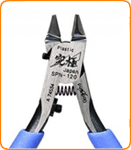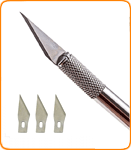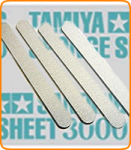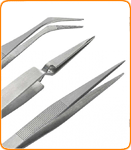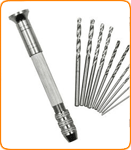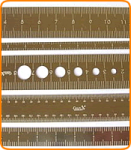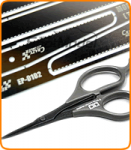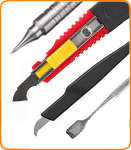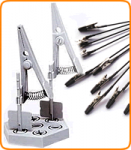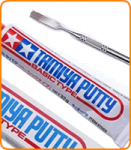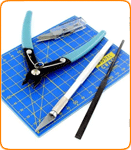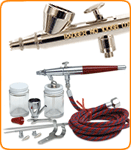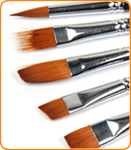Tamiya 61034 1/48 Grumman F4F-4 Wildcat
This is a plastic model kit, which comes unassembled and unpainted. So glue, model paints and other basic modelling tools are additionally required.
At the onset of the Pacific War in December 1941, the Japanese Navy A6M Zero fighter was the dominant aircraft successful against the allied air forces. The Zero's attempt at total superiority was thwarted by numerous F4F Wildcat fighters flown from U.S. aircraft carriers.
Grumman Aviation produced the G-18, the prototype XF4F-2, which first flew in September 1937. Initial evaluation revealed several performance problems, which led the U.S. Navy to reject the G-18 in favor of the Brewster's F2A "Buffalo". The Navy asked Grumman to continue with the project, and resulted in the G-36, which flew in February 1939. The G-36 tests exceeded the performance of the F2A, resulting in the U.S. Navy approving the design and ordering it into production as the F4F-3 Wildcat. Two yeas following its deployment, during the critical stages of the Pacific War in 1942, the improved F4F-4 Wildcat was introduced. It had folding wings, and three 12.7mm machine guns in each wing, plus the more powerful 1,200 P & W R-1830-86 Twin Wasp engine, giving it a speed of 512km/h. Grumman became known as the "Ironworks" due to its strongly designed aircraft, which could absorb enormous punishment and still fly home.
Although the F4F was inferior in many respects to the Zero, a superb kill ration was attained by Wildcat pilots by using its strong points against the Zero's weak point of fragility and unseasoned pilots.
At the onset of the Pacific War in December 1941, the Japanese Navy A6M Zero fighter was the dominant aircraft successful against the allied air forces. The Zero's attempt at total superiority was thwarted by numerous F4F Wildcat fighters flown from U.S. aircraft carriers.
Grumman Aviation produced the G-18, the prototype XF4F-2, which first flew in September 1937. Initial evaluation revealed several performance problems, which led the U.S. Navy to reject the G-18 in favor of the Brewster's F2A "Buffalo". The Navy asked Grumman to continue with the project, and resulted in the G-36, which flew in February 1939. The G-36 tests exceeded the performance of the F2A, resulting in the U.S. Navy approving the design and ordering it into production as the F4F-3 Wildcat. Two yeas following its deployment, during the critical stages of the Pacific War in 1942, the improved F4F-4 Wildcat was introduced. It had folding wings, and three 12.7mm machine guns in each wing, plus the more powerful 1,200 P & W R-1830-86 Twin Wasp engine, giving it a speed of 512km/h. Grumman became known as the "Ironworks" due to its strongly designed aircraft, which could absorb enormous punishment and still fly home.
Although the F4F was inferior in many respects to the Zero, a superb kill ration was attained by Wildcat pilots by using its strong points against the Zero's weak point of fragility and unseasoned pilots.
| General Info | |
| Scale | 1/48 |
| Type | Scale Model Kit |
| Subtype | Military Aircraft |
- Stock: In Stock
- Reward Points: 30
- SKU: TM 61034
- 1pcs in Stock
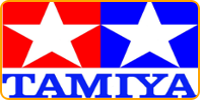
Tamiya
MRP: US$23.37 Save: US$4.16
17% OFF
US$19.20
(excl. Tax)
"In-Stock" Really Means It
Combine Shipping & Save
SAME or Next day shipping*
There are no reviews
Maybe you can help? Many users will be grateful to you. And so are we.











